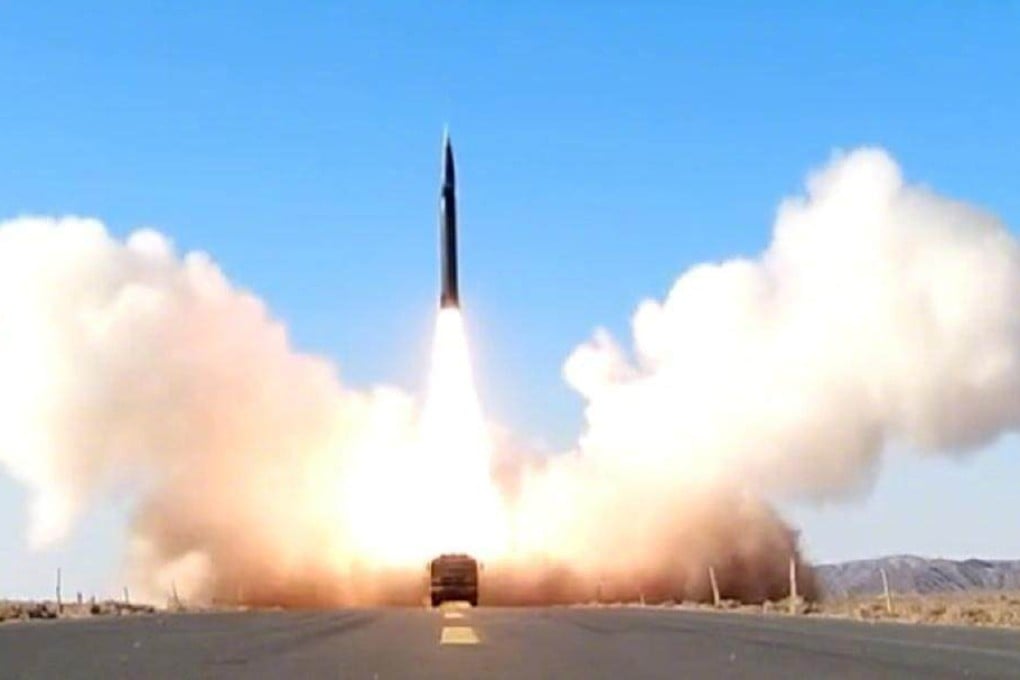China flexes military muscles with rare, large-scale missile test in Gobi Desert
Unprecedented scale of test signals Beijing’s growing confidence in its capacity to counter advanced threats and project dominance

According to a paper published on February 18, all missiles were successfully detected and tracked by a new dual-band (S/X) phased array radar system, before hitting the target with 100 per cent success.
The test, detailed in Flight Control & Detection, a Chinese-language journal, marks the first public disclosure of China’s land-based early warning radar capabilities.
Its dual-band technology – similar to the US Navy’s USNS Howard O. Lorenzen missile-tracking ship – combines wide-area surveillance (S-band) with high-resolution targeting (X-band).
While the Lorenzen is hailed for its unmatched capability, with the potential to track more than 1,000 targets simultaneously, the United States has never publicly demonstrated its performance under live-fire conditions.